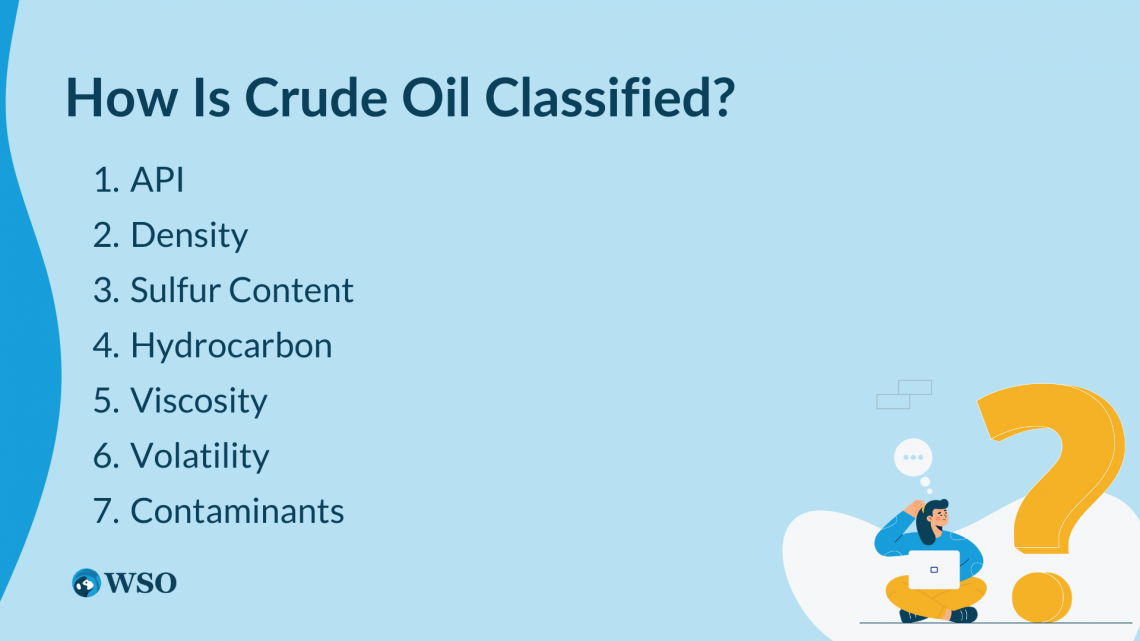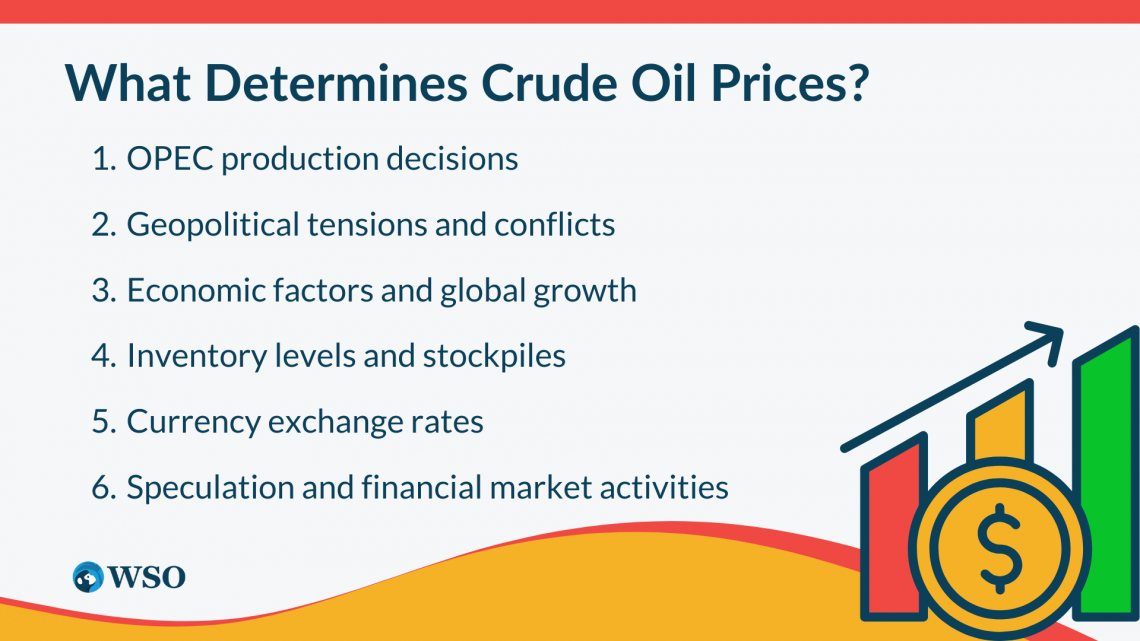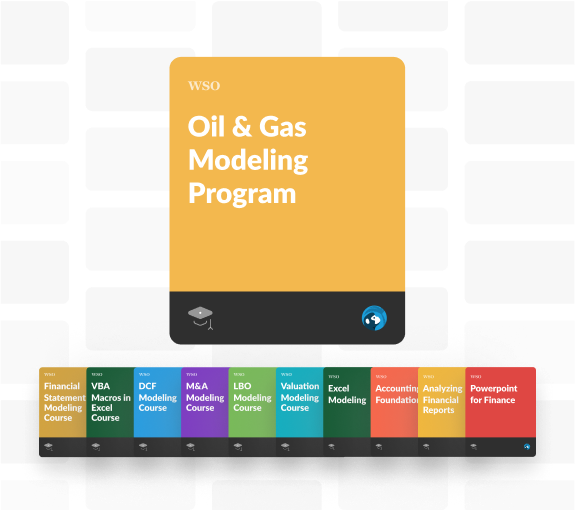Crude Oil Overview
Crude oil is a fossil fuel formed by ancient plants and animals over millions of years
An underground mixture of naturally occurring hydrocarbons is known as crude oil. Crude oil is a naturally occurring liquid that is found in underground reservoirs. Crude oil is a fossil fuel formed by ancient plants and animals over millions of years.

It can assume the shape of a thick, tar-like material or an intensely viscous liquid. Crude oil can also be creamy yellow, dark brown, or black.
Crude oils are not all the same and differ in density, sulfur content, and viscosity. They are generally classified as light or fatty and sweet or sour. Unlike water, crude oil is not a chemical compound.
Crude oil is a complex variety of molecules consisting of mixtures formed from hydrogen and carbon particles called hydrocarbons. Each of the compounds in crude oil has its boiling temperature.
A Heat Exchanger Network (HEN) pre-warms the crude oil before joining the column in the distillation system. It also possesses an atmospheric distillation unit where crude oil is divided into more suitable products.
Oil is one of the fuel sources used consistently in the world. Oil is one of the fuel sources used consistently in the world, and oil markets around the globe are where it is exchanged along with its derivatives. Therefore, only crude or oil are other names for crude oil.

Petroleum, diesel fuel, jet fuel, lubricants, heating oil, polymers, and many more are made from crude oil. Before use, the fuel source must be refined; after refinement, it is categorized as a petroleum product.
Due to the significance of this fuel source, there is a sizable market for crude oil that involves both physical trade and derivatives trading. *Include numerical data backing up your sentence. Also, write about the exchange where crude oil is traded in the USA.
Key Takeaways
- Crude oil is a worldwide product traded on international exchanges, mainly spot oil and derivatives contracts.
- Unrefined petroleum prices are impacted by various factors, including supply and demand forecasts and the sensed risk of market disorders.
- Economic development may increase demand for raw oil, while slowdowns reduce demand and prices.
- OPEC+ is a worldwide association of raw oil exporters that negotiates export quotas for its members to affect global supply.
- The price swings in the crude oil market can be significant due to the inelasticity of supply and demand.
Why is Crude Oil Important?
The production of equipment, heat, and the refueling of Crude oil is among the most significant fuel sources internationally and historically made for more than a third of the earth's energy use. However, finding, extracting, shipping, and refining petroleum is time-consuming.

Many refineries, as are storage facilities in significant oil trading cities and thousands of kilometers of pipelines bringing oil from various countries together, are involved. The worldwide oil market is a multi-trillion-dollar sector.
Businesses that depend substantially on fuel, including aircraft, plastic manufacturers, and agricultural enterprises, are highly dependent on oil. Moreover, crude is a standard import and export for many nations due to its significance as an energy source.
Due to its relevance, a substantial financial trading market exists for oil and oil derivatives such as futures, forwards, and options.
NOTE
Cars and aircraft depend on crude oil, a crucial energy source.
Petroleum has been the dominant global energy source since the mid-1950s, meeting 97% of the UK transport sector's demand. It is also a common component in everyday products such as plastics, paints, and cosmetics in its simple form.
Without even being aware of it, you use oil. Oil is everywhere around you in the form of a chair, table, sofa, phone, pen, book, and container. It is impossible to live without oil.
How is Crude Oil Classified?
Natural hydrocarbon mixtures, organic molecules largely made of carbon and hydrogen atoms, make up crude oil. Over millions of years, it was created from the pressure- and heat-damaged remnants of marine animals and vegetation.

1. API
The American Petroleum Institute (API) approach for measuring raw oil density is API Gravity, expressed in degrees APl.
API gravity decreases as the density of the compound being measured increases, meaning the higher the API gravity, the lighter the compound.
The API gravity of naphtha is about 50 degrees API, but the API gravity of asphalt is around 11 degrees API. Another important variable in determining the quality of crude is the sulfur content.
2. Density
Crude oil's density refers to its mass per unit volume. It is measured in specific gravity or kilograms per cubic meter (kg/m³).
NOTE
Lighter petroleum products have a lower density than heavier oils, which have a higher volume. Therefore, the density of crude oil can range from light to heavy.
3. Sulfur Content
Sulfur compounds can be found in various degrees in crude oil. Usually, the sulfur content is expressed as a percentage of weight. High sulfur concentration crude oil is called "sour," whereas low sulfur content crude oil is "sweet."
The sulfur content affects the environmental impact of oil burning and the ease of refining it into products like gasoline.
4. Hydrocarbon
Crude oil comprises different hydrocarbon compounds, including alkanes, aromatic, cycloalkanes, and hydrocarbons. Hydrocarbons diversify among different crude oil types.
5. Viscosity
It refers to the resistance of a fluid to flow. Crude oil can have varying viscosities, ranging from very light and fluid to highly viscous.
NOTE
Viscosity affects the ease of transportation and processing of crude oil. Higher viscosity oils are thicker and require additional measures, such as heating or dilution, to facilitate their flow.
6. Volatility
Crude oil contains volatile components that can evaporate at different temperatures. The volatility of crude oil affects its behavior during storage, transportation, and refining. Lighter oils with lower boiling points have higher volatility, while heavier oils have lower volatility.
7. Contaminants
Crude oil may contain impurities and contaminants such as water, sediment, sulfur compounds, metals, and other organic and inorganic substances. These contaminants can affect the quality of the oil and its suitability for processing.
What Determines Crude Oil Prices?
Light and Heavy crude oil have a significant role in determining petroleum prices. Light crude is simpler to process and yields more high-quality petrol and diesel fuel in a given amount. In addition, it is fluid at room temperature.

1. OPEC production decisions
There is a significant influence on crude oil prices. OPEC members, which lead to a large share of global oil production, can collectively agree to increase or decrease oil output.
Their production decisions impact global supply levels and can lead to price fluctuations. OPEC's policies and agreements, such as production cuts or increases, directly impact crude oil prices.
2. Geopolitical tensions and conflicts
Political instability and geopolitical tensions in major oil-producing regions can disrupt oil supply and impact prices.
Events like wars, sanctions, or political crises can lead to production disruptions or supply restrictions, tightening the global oil market and causing prices to rise.
NOTE
Geopolitical developments in Iran, Venezuela, and the Middle East can significantly affect crude oil prices.
3. Economic Factors and global growth
The overall state of the global economy and its growth rate can influence crude oil prices. Economic expansion and increased industrial production raise oil demand, increasing prices.
Conversely, economic slowdowns or recessions can reduce oil demand, exerting downward pressure on prices. Factors like GDP growth, consumer spending, manufacturing activity, and trade policies impact the demand for crude oil.
4. Inventory levels and stockpiles
The crude oil and petroleum product inventories held by countries and major oil consumers can affect prices. High inventory levels indicate an oversupply situation, which can put downward pressure on prices.
Conversely, low inventory levels suggest a tighter supply situation, potentially leading to price increases.
NOTE
Inventory reports and data from organizations like the U.S. Energy Information Administration (EIA) provide insights into supply-demand dynamics.
5. Currency exchange rates
Crude oil is traded globally in U.S. dollars. Fluctuations in currency exchange rates can impact oil prices.
A stronger U.S. dollar relative to other currencies can make oil more expensive for buyers using different currencies, potentially reducing demand and putting downward pressure on prices.
NOTE
A weaker U.S. dollar can make oil cheaper and increase prices.
6. Speculation and financial market activities
Speculative trading and financial market activities can influence crude oil prices. Traders and investors speculate on future oil prices based on various factors, including market trends, geopolitical developments, and supply-demand expectations.
Their actions in the futures and derivatives markets can lead to price volatility and short-term price fluctuations.
Researched and authored by Sethuraman | Linkedin
Free Resources
To continue learning and advancing your career, check out these additional helpful WSO resources:




or Want to Sign up with your social account?